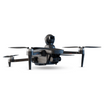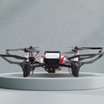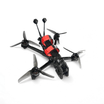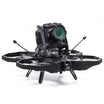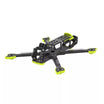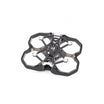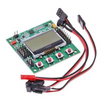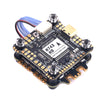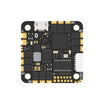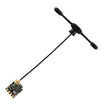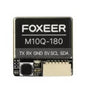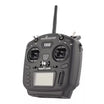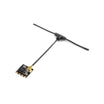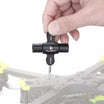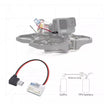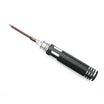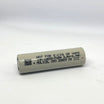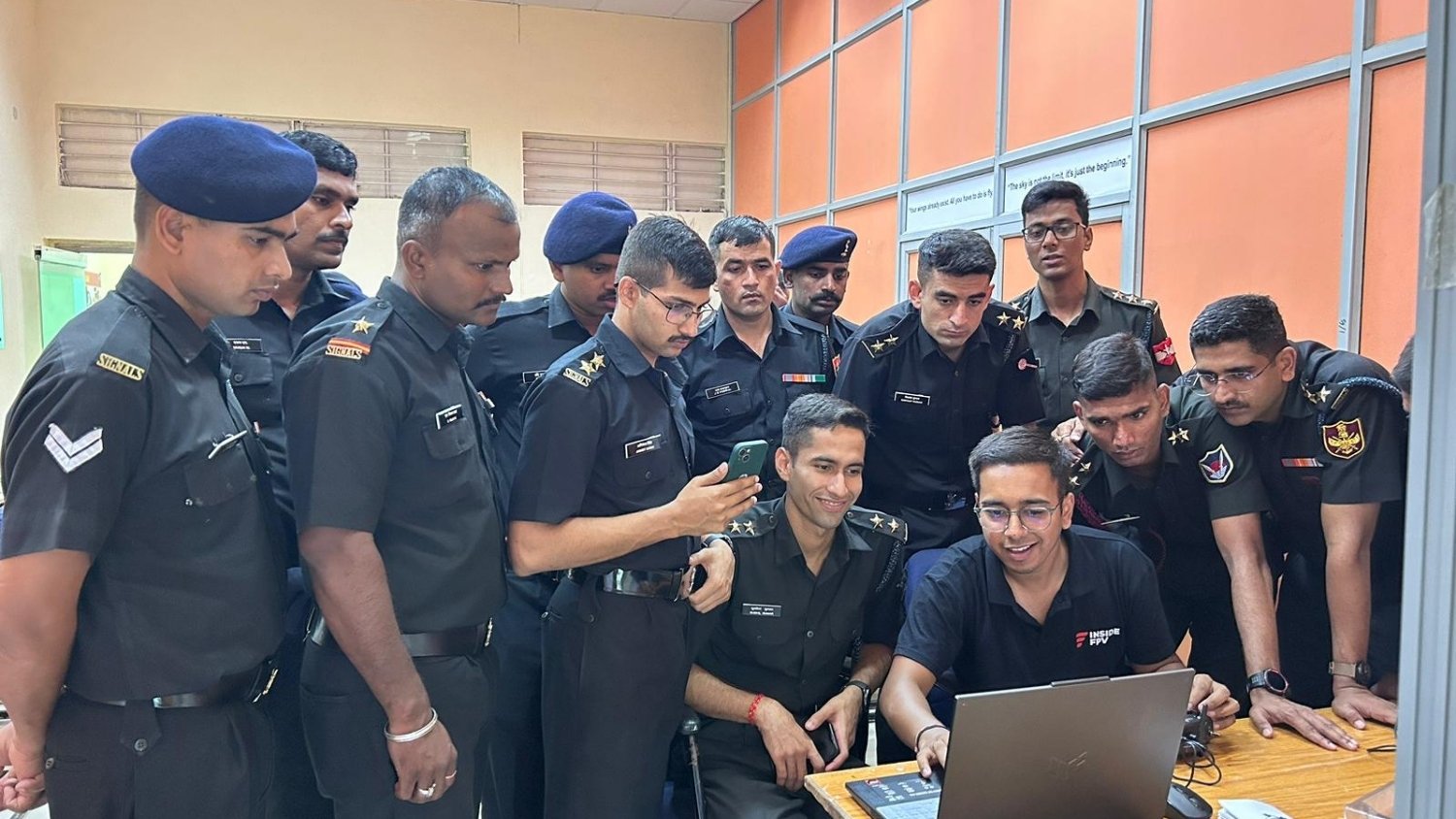When you think of border security, you might picture soldiers guarding posts, night patrols, or heavy equipment stationed along the frontier. But the battlefield is shifting.
Today, some of the most effective tools in defense are small, fast, and airborne.
Grenade dropping drones are now at the center of a new era in border security, and India is stepping into this space with serious intent.
What makes this story even more exciting is that it’s not just government-backed defense giants leading the charge. Indian startups, especially insideFPV, are bringing agility and fresh thinking to the frontline.
They’re proving that innovation doesn’t always need to come from billion-dollar corporations. It can come from young minds building solutions tailored for India’s toughest terrains.
Why Grenade Dropping Drones Are Redefining Border Security
Border threats are no longer predictable. From smuggling operations and infiltration attempts to sudden cross-border hostilities, the risks evolve daily. Traditional methods such as stationary radars, fencing, or foot patrols are not enough on their own.
This is where drones come in.
By carrying small, precise grenade payloads, they give security forces an edge that was unthinkable a decade ago.
-
They can reach remote areas in minutes.
-
They reduce the need to send soldiers into direct danger.
-
They cost far less than tanks, helicopters, or heavy aircraft.
-
They provide constant surveillance, day or night.
For a country like India, with long and diverse borders stretching across deserts, mountains, and forests, drone border security is more than a necessity than a convenience.
Also read: Best ways to extend defence drone flight time
Military Drones in India: From Imports to Indigenous Power
Until recently, most of India’s military drone capacity came from imports. Countries like Israel and the US supplied advanced UAVs, but they were designed for global scenarios, not specifically for Indian conditions.
That’s changing fast.
-
The government has been pushing the “Aatmanirbhar Bharat” vision, which puts indigenous defense manufacturing at the forefront.
-
Budgets have grown for unmanned systems, creating room for tactical drones in border operations.
-
Startups are finally being invited to the defense conversation, something that rarely happened a decade ago.
This is where InsideFPV steps into the spotlight, with a focus on tactical UAVs that are built for the unique realities of Indian terrain and warfare.
InsideFPV: A Startup with a Soldier’s Mindset
InsideFPV has quickly grown from a student project into one of India’s most promising defense tech startups. Its mission is clear: build drones that soldiers can trust in real conditions.
Here are some of the key factors that make InsideFPV stand out:
Plug and Fly design - Easy to operate in the field. A soldier can launch the drone within minutes without complicated setup.
High speed performance - Capable of reaching up to 250 kilometers per hour, allowing rapid deployment across border areas.
Advanced surveillance features - Equipped with long range zoom, thermal vision, and intelligent tracking to spot and follow threats.
Made in India technology - Most components are designed and manufactured locally, reducing dependence on imports.
Record endurance - Achieves longer flight times on a single charge, giving more coverage in each mission.
Modular payloads - Can adapt quickly between surveillance, communication, and grenade dropping roles.
Also read: How coordinated defence drones decide modern battles
What are The Roadblocks Ahead?
Of course, the journey isn’t without challenges.
-
Regulation: Defense approvals take time and can slow down adoption.
-
Counter-drone systems: Rivals are investing in anti-drone tech, which means drones must stay ahead.
-
Funding: Building reliable combat-grade drones requires significant capital and R&D.
But every challenge also opens new doors. India has the potential to export indigenous autonomous defense drones to allied countries, strengthen its defense supply chains, and position startups like InsideFPV as global players in the years ahead.
Why This Matters for India
The rise of grenade dropping drones shows a shift in how India thinks about border security. Instead of relying entirely on traditional heavy assets, the country is now embracing tools that are light, fast, and smart.
Most importantly, this shift is being driven from within.
Military drones in India are no longer just imports; they’re being imagined, designed, and manufactured by Indian innovators who understand local challenges.
Frequently Asked Questions
How do grenade dropping drones help in border security?
They allow forces to detect and neutralize threats quickly without sending soldiers into dangerous zones.
What makes InsideFPV different from global drone companies?
Its drones are cost effective, modular, and designed specifically for India’s terrain and defense needs.
Are these drones fully autonomous?
Yes, many of them can fly pre-set routes and return safely with minimal human intervention.
Why is India focusing on indigenous drones?
Local production reduces reliance on imports, cuts costs, and ensures solutions are built for Indian conditions.
Can these drones be scaled for large deployments?
Yes, InsideFPV is designing systems that can be deployed widely across border regions.


